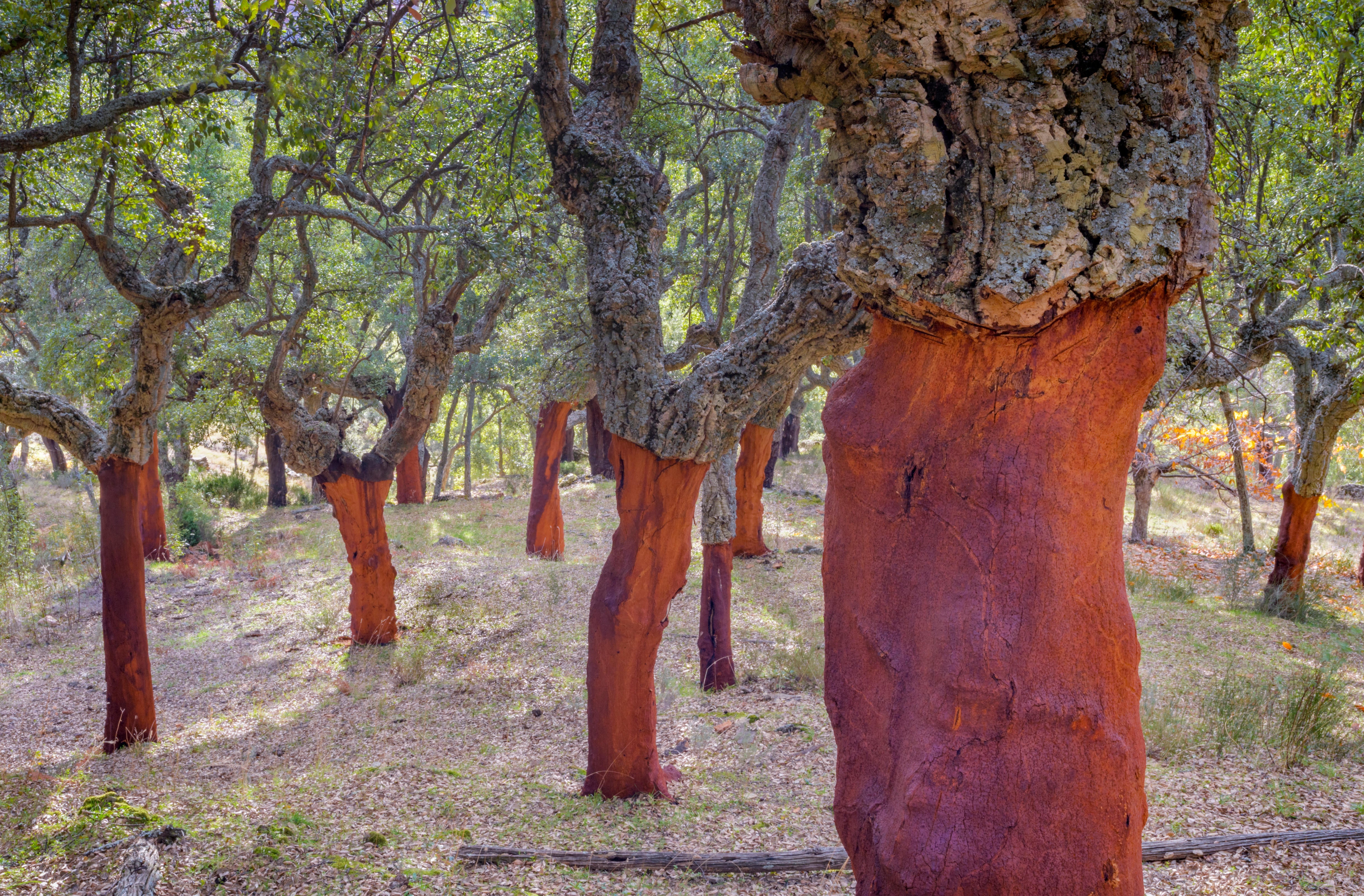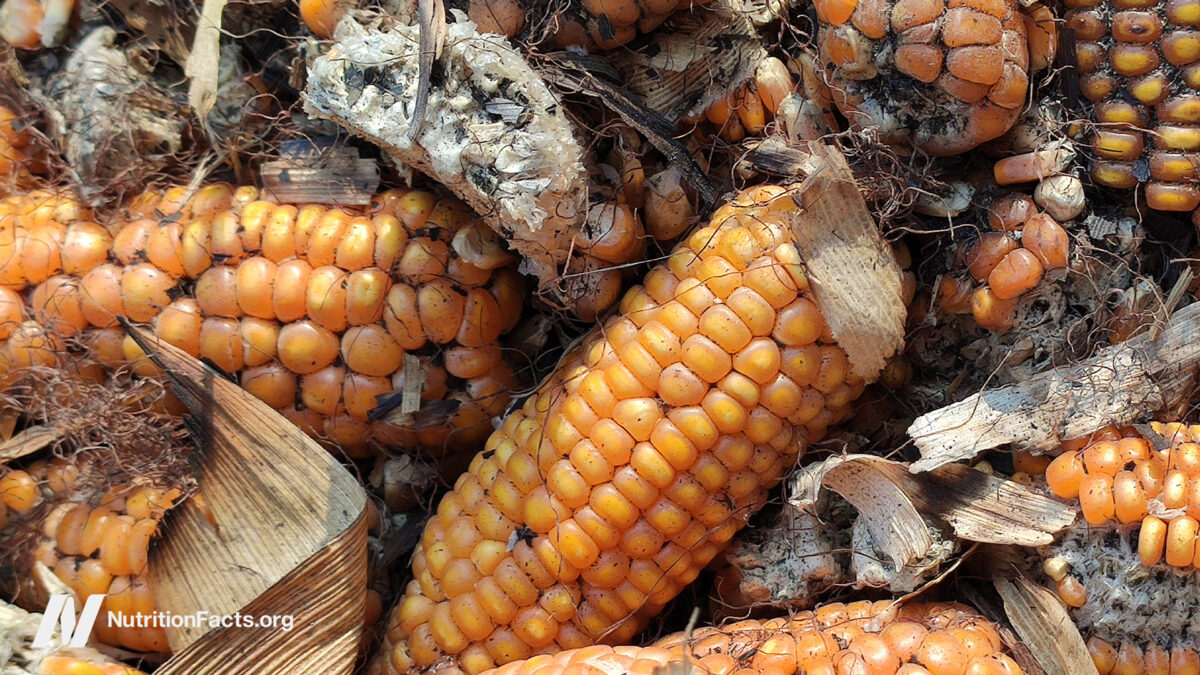Dragon’s blood in Yemen: The perfect holidays for quirky tree spotting
Five of the more unusual trees you might want to spot on your travels

Your support helps us to tell the story
From reproductive rights to climate change to Big Tech, The Independent is on the ground when the story is developing. Whether it's investigating the financials of Elon Musk's pro-Trump PAC or producing our latest documentary, 'The A Word', which shines a light on the American women fighting for reproductive rights, we know how important it is to parse out the facts from the messaging.
At such a critical moment in US history, we need reporters on the ground. Your donation allows us to keep sending journalists to speak to both sides of the story.
The Independent is trusted by Americans across the entire political spectrum. And unlike many other quality news outlets, we choose not to lock Americans out of our reporting and analysis with paywalls. We believe quality journalism should be available to everyone, paid for by those who can afford it.
Your support makes all the difference.
Gardeners thinking of booking a holiday may now be poring over beautiful gardens they can visit across the continents. But there are also some awe-inspiring trees to be admired.
Anyone visiting arboretums this year may wonder at everything from the mighty oak to the weeping willow, yet venture further from our shores and there are some amazing specimens with names as quirky as dragon’s blood, flame of the forest and quiver tree.
You may want to travel to Australia to see 90m-high mountain ash, or to the Sierra Nevada to admire the giant sequoias, or to Japan to see the stunning puffs of cherry blossom (sakura) appear in spring.
If you can’t decide where to go, help is at hand from Matthew Collins, garden and travel writer, and head gardener at London’s Garden Museum, who with fellow garden writer, Thomas Rutter, has produced The Tree Atlas, a coffee-table tome and guide to discovering the world’s most beautiful, unusual, majestic and colourful trees on your travels.
The book features 50 different tree species from across the world and not only do the authors describe the trees in detail, but they show you where and when to see each variety, how to get to the locations and how to identify them.
Read more: Is there such thing as an affordable safari? How to holiday in the wild without breaking the bank
Dragon’s blood tree
Yemen
The national tree of Yemen is so called because of the deep red resin in its bark which appears to bleed when cut. Yet it is vital to the landscape, as its dense umbrella canopy provides shade and redirects moisture to the soil beneath, enabling other plants to grow.
The authors say it’s still possible to see the trees on the Yemeni island of Socotra, but you’d need to catch a flight from Abu Dhabi, and most people join a camping tour arranged from overseas.
Quiver tree
Southern Namibia and northern South Africa
Most of us will have an aloe as a houseplant, but this strange-looking tree boasts the familiar long succulent leaves at the end of its bare branches, all supported by a peeling trunk.
It got its name from the indigenous San people’s practice of hollowing out the tubular branches to form quivers for their arrows.
Unsurprisingly the trees have a great drought tolerance and you won’t find them in conventional forests as we know them, but in stark, rocky landscapes in the hill of Namibia and South Africa.
Flame of the forest tree
Southern Asia
The eye-popping orange/red winged flowers which burst into bloom between January and March are widespread, growing wild in forests across India and Pakistan, Vietnam and southeast China.
The flowers provide the dye for clothes and ceremonial markings sacred to Hindus and are also used in traditional Indian headdresses.
Read more: The TravelSmart guide to southeast Asia
Boojum tree
Baja California, Mexico
This seriously weird-looking tall, spindly cactus-like tree is among the toughest, given the desert conditions it has to withstand. Local name is ‘cirio’, meaning candle, and the tree produces yellow flowers in summer at the end of the trunk.
Its trunk stores water and it will shed its leaves during the extreme summer heat, but they will reappear in the cooler months. You’ll find the tallest ones in the Valle Montevideo. Make sure you take plenty of water with you, sunscreen and a hat if you’re visiting.
Read more: Combining the magic of Mexico City with the charm of Oaxaca
Cork oak
Southwest Europe

If you want to know where the cork from your wine bottle comes from, it may be this unusual tree, which is particularly prominent in Portugal.
There, cork oak forests are used carefully for bark extraction but in a method which enables the cork to regenerate. Extractors only strip the top layer of cork without damaging the layer underneath. They can then re-harvest trees every nine to 12 years when the tree has regrown its outer layers.
If you want to experience a cork oak forest, try the ‘Montados’ of the Alentejo in southern Portugal, where the cork harvest takes place in September and October, or explore the Iberian Peninsula.
‘The Tree Atlas’ by Matthew Collins with Thomas Rutter is published by Lonely Planet, priced £35, available now
Read more: Best romantic European city break destinations for couples

 Tekef
Tekef 






























